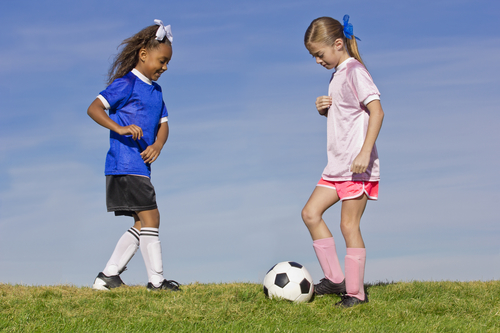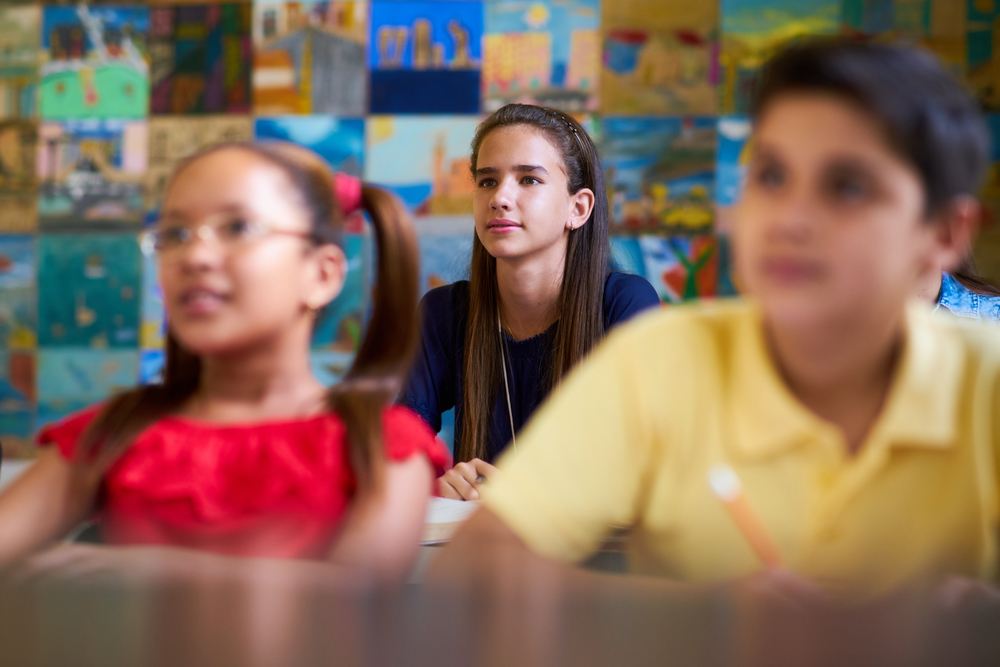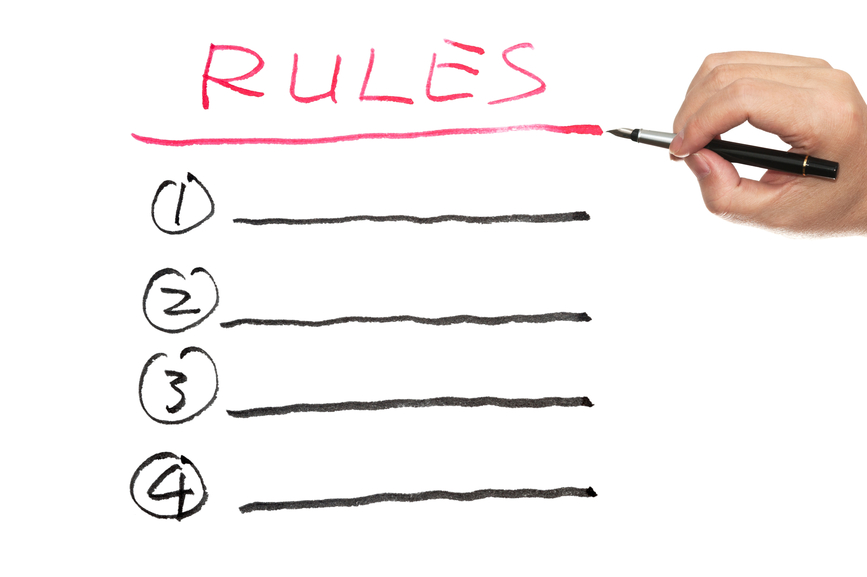Encouraging Emotional Self-Regulation for Aspergers Youth in the Classroom: Implementing the Feelings Chart

A key feature to this, and almost any other strategy, is to teach and review it when the individual is calm and there is no problem at the moment. These conditions help to ensure that the brain is at its best, most rational thinking, and that the strategy is not associated with a negative or difficult situation.
The start of the day is usually a good time to use the feelings chart as the person checks in to the school routine.
Unless there has been a morning problem at home or on the bus, this is usually a time where there is a clean slate from which to build. Depending on the grade level, the feelings chart may be posted as a large visual guide of feelings, or as a personal tool in a notebook, or both. The calming activities may be reviewed along with some role-playing.
By using the feelings chart first thing in the morning, the teacher can assess where the students are in their feelings and respond accordingly.
Responses may include celebrating and reinforcing positive feelings, and offering support to those who indicate a problem is developing. If there is a problem, then help the student refer to the predetermined calming activities and identify which holds the most promise for resolving the situation.
Throughout the day look for opportunities to use the feelings chart to check-in, and prevent possible difficulties.
My experience has been that on a scale of 1-5 [with 1 being very calm and happy], once a student has escalated to a 4 or a 5, it becomes much more difficult to de-escalate. Therefore, it is critical to intervene when students are at a 3 in order to increase the likelihood that they will be able to calm down.
The feelings chart may also be used to debrief the day at the end of school. The chart may facilitate a conversation about what worked, what didn’t, and how to make a better plan for the next day. And remember to refer to the feelings chart when the student is calm and happy. The more we celebrate those moments, the more we focus on good times and positive energy.
by Lisa Rogers
The Education (K-12) Blogs and Special Ed Q & A are written and maintained weekly by Lisa Rogers with Educating Diverse Learners. Lisa received her M.A. in Special Education with an endorsement in the area of individuals with severe disabilities. Mrs. Rogers has also created products that have been used throughout the state of Texas for training purposes. Through the Association for Texas Professional Educators [ATPE], Ms. Rogers has produced an online course that targets the importance of visual strategies for student with autism spectrum disorders and just released her highly anticipated book titled: Visual Supports for Visual Thinkers.
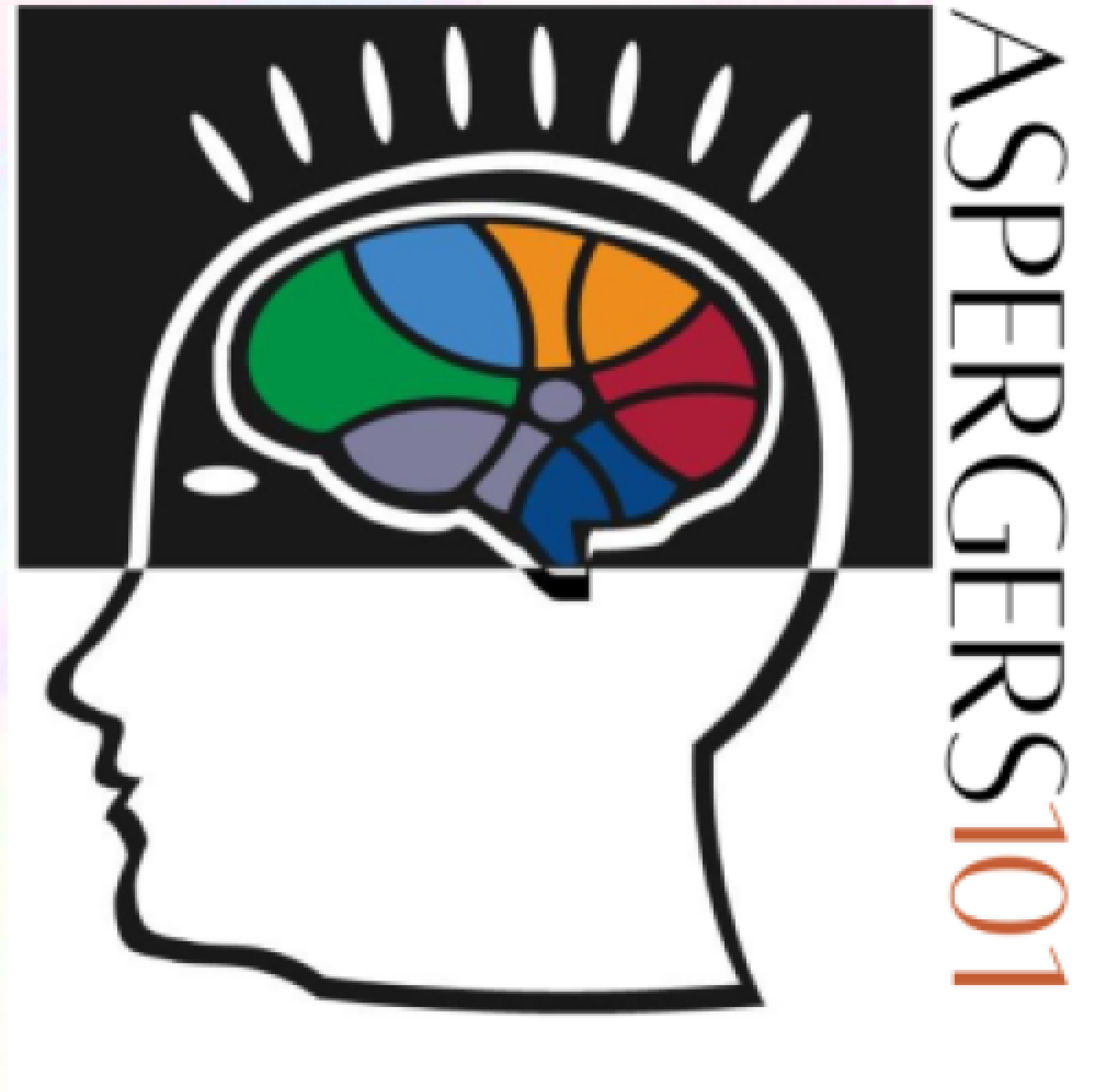


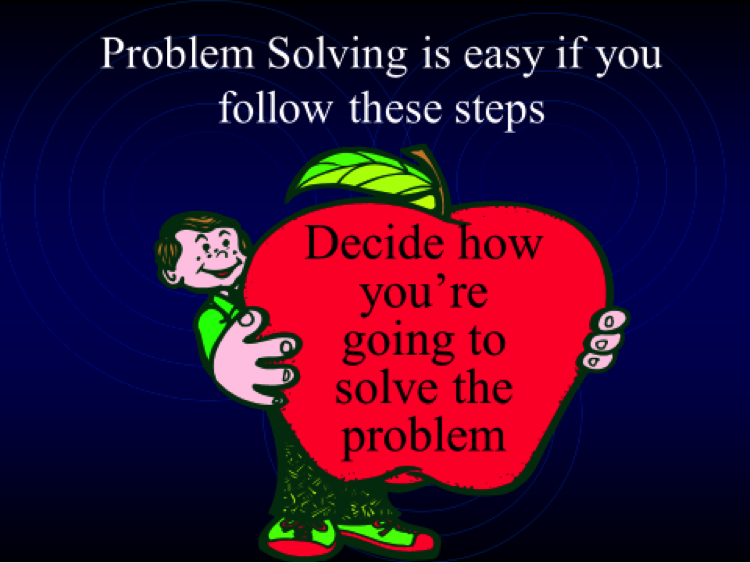

 That is why a “feelings chart” or “emotion rating scale” can be such an important strategy.
That is why a “feelings chart” or “emotion rating scale” can be such an important strategy.

